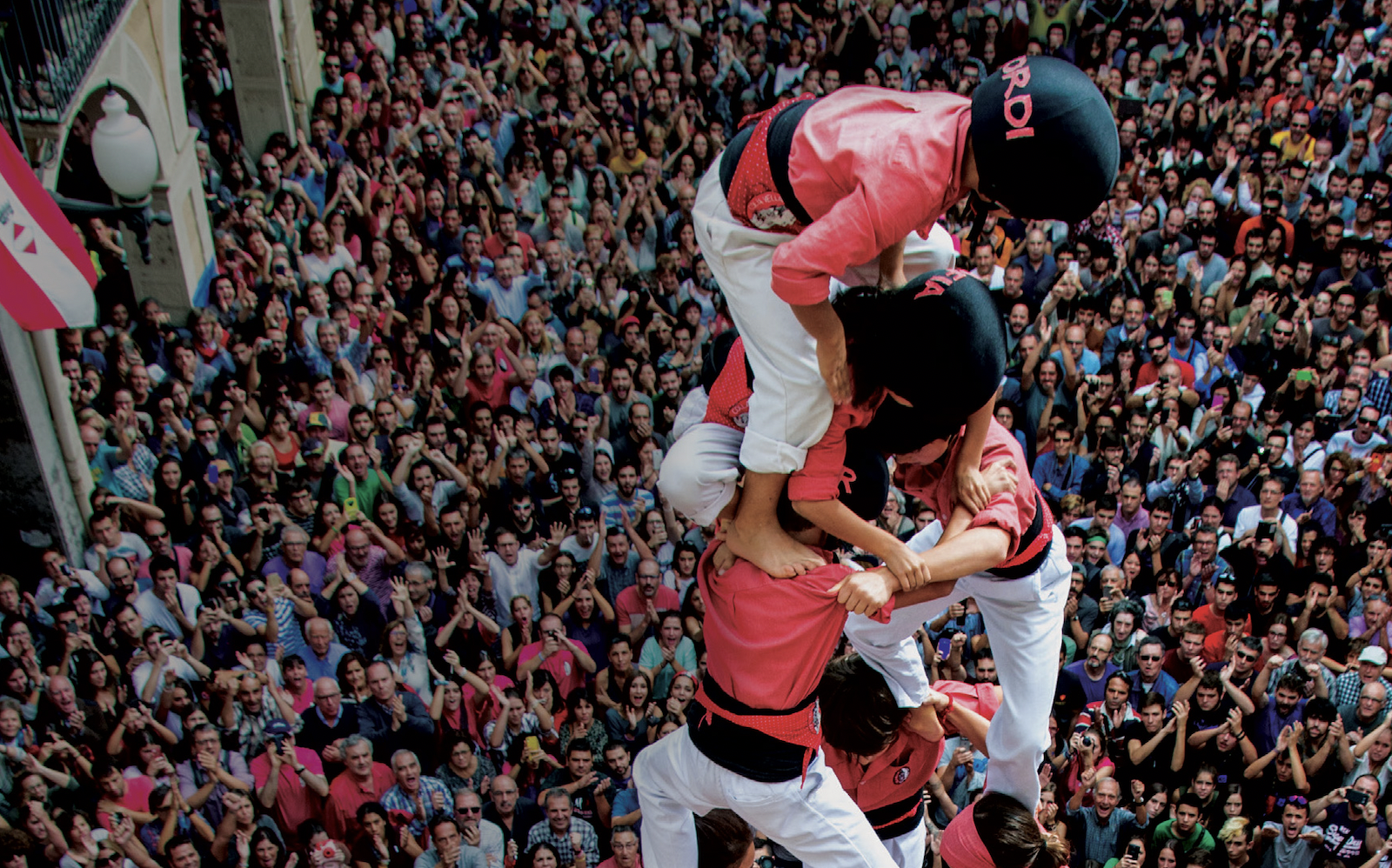
Doing (more) justice to applied research
In his inaugural speech delivered at Pakhuis de Zwijger on 20 September 2023, Harry van Vliet, Professor of Doorwerking Praktijkgericht Onderzoek (Continuous Effects of Applied Research) at Amsterdam University of Applied Sciences, argues that the way in which the impact of research is currently determined does insufficient justice to applied research. Van Vliet introduces a new approach that allows universities of applied sciences to better demonstrate the (social) contribution of their research.
Although applied research is relatively young, it has grown significantly over the past 20 years. There are currently around 700 professors at universities of applied sciences in the Netherlands. A favourable development for applied research is that, at the government’s behest, research is increasingly being linked to social issues, says Professor Harry van Vliet.
“Problems like the energy transition are so big and complex that they call for all kinds of knowledge and broad collaboration. Because of the urgency, the need for practical knowledge, implementation, and networking with stakeholders – from municipalities to organisations and citizens – is also growing. All this is already inherent in the nature of applied research. Research groups have already built a network around themes like energy transition in society and are therefore highly familiar with the issues but also understand what is needed and what is possible.”
Current models fall short
With applied research becoming indispensable in the Netherlands, universities of applied sciences want to demonstrate how they contribute to society. And this is where it becomes tricky, because the problem is that current models that measure the ‘impact’ of research do not actually lend themselves well to applied research.
Relay baton
From the dominant perspective of impact, the main focus lies on the final outcome of a research project, such as publications. Van Vliet illustrates this school of thought with a metaphor: knowledge transfer is seen as a relay race in which one runner passes the relay baton to the next. The next person takes over, and then starts testing or applying the knowledge.
Contact sport
But for applied research, this picture does not always hold true, as the knowledge exchange is in fact continuous. Because of close collaboration with the field, municipalities and other partners, knowledge is exchanged, applied and passed on before, during and after the research, in many different ways. This process is more like a contact sport.
“Because you work directly with businesses and organisations, patients, citizens and other stakeholders, you sense the urgency to solve issues. This knowledge exchange therefore already starts with the research question and also takes place during the process because of the intensive contact with various parties,” says van Vliet. Current evaluation models do not make all of this sufficiently visible.
Continuous effects
To better define the social impact of applied research, Professor van Vliet uses the term ‘continuous effects’ (‘doorwerking’ in Dutch). This is more multifaceted than ‘impact’ or ‘valorisation’, as these terms essentially assume a linear process.
Van Vliet uses the term ‘continuous effects’ as a way of disrupting, or breaking open, entrenched ideas about evaluating research. “My intention with this definition is to do more justice to applied research. This clashes with existing models of research evaluation. Using a term like continuous effects immediately sparks questions such as ‘what do you mean by that’, or ‘what is the difference with impact?’. These are precisely the questions that put us on the path to articulating an alternative.”
Lisette Wegener
You can download the text of the inaugural speech ‘Preview. On impact, valorisation and continuous effects’ (De voorbeschouwing. Over impact, valorisatie en doorwerking) here (in Dutch).
